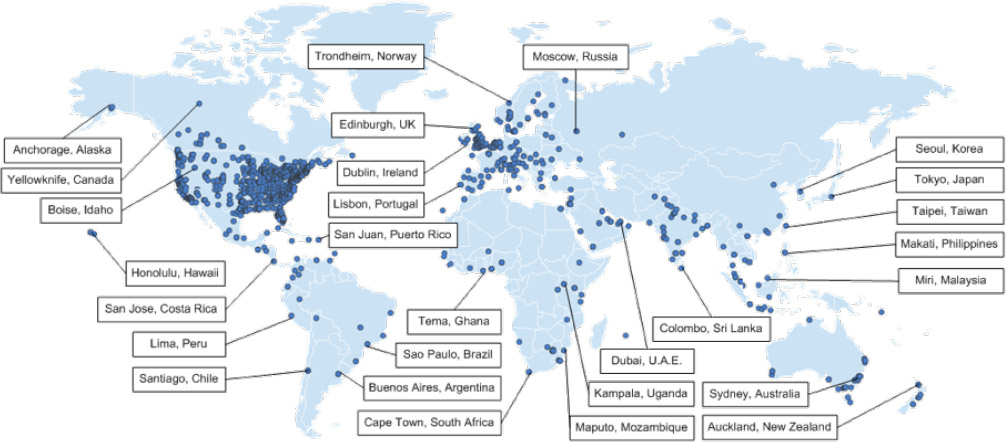Big Data, Big Impact, Within Reach
From water filtration tracking in Rwanda to health surveys in India, doForms is being used right now to collect and access massive amounts of data on continents across the globe. doForms’ quick implementation, multiple language support and affordable pricing model make it an ideal solution for international organizations striving to use data to drive positive change. Easy-to-use offline digital survey collection tools put big data within the reach of organizations in underdeveloped areas.
What attracts purpose-driven international organizations to doForms?

Multiple Language Support
The doForms interface can be set to English, Spanish, Russian, French, Portuguese, or Italian, and questions and answers can be written in the language of your choice.
International Date and Time
doForms collects date and time information in the international format defined by ISO (YYYY-MM-DD) so there is no misinterpretation from one location to another.
Offline Data Collection
doForms makes it possible to collect data in rural areas without an internet connection and transmit it quickly to back-office systems once online.
Ease-of-Use
The doForms mobile interface is simple to use, whether your work force is tech savvy or has never used a tablet or smartphone before.
Affordable Pricing
doForms’ per-user model with unlimited form submissions makes doForms an affordable choice for purpose-driven organizations.
Global Presence
doForms is currently being utilized for a myriad of tasks in multiple countries. See doForms usage map below:
Case Studies
DelAgua, a “one-stop-shop” for water testing, laboratory and life science requirements, uses doForms in the execution of large-scale programs to increase its impact on the health and welfare of rural populations.
Read Full Case StudyCommunity Empowerment Lαβ™ initiates lasting health improvements for mothers and children in northern India through careful research and collaboration between scientists and community stakeholders.
Read Full Case Study




